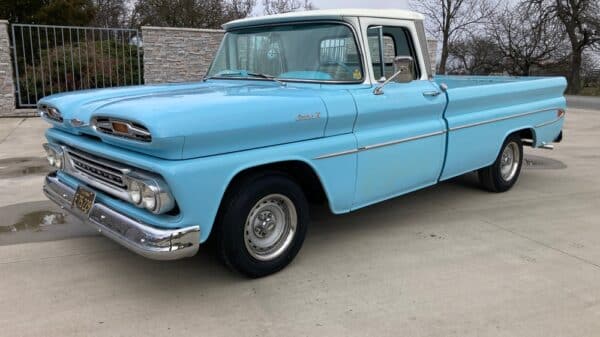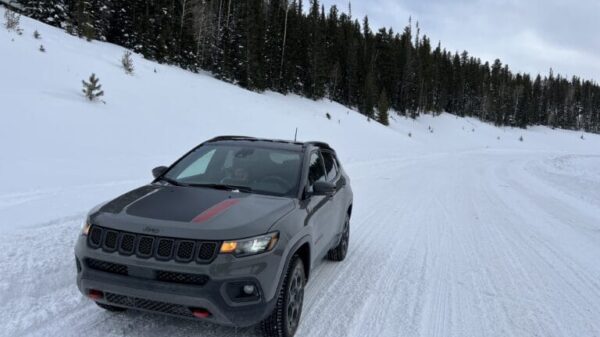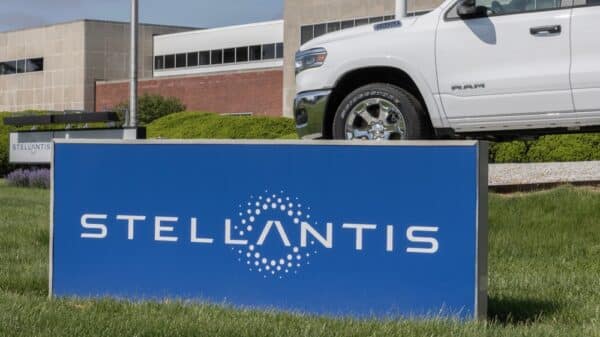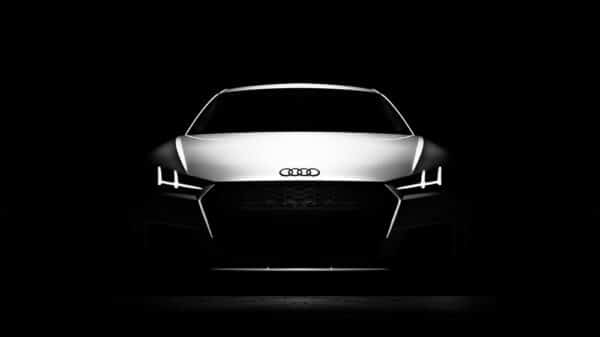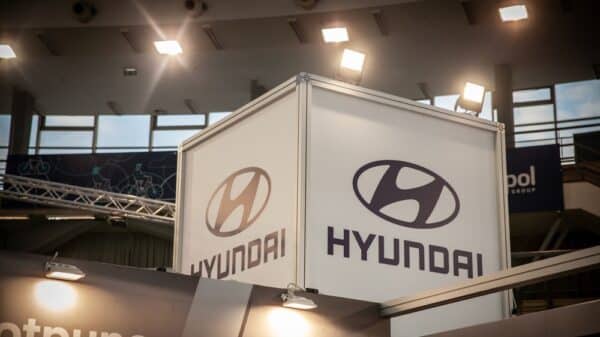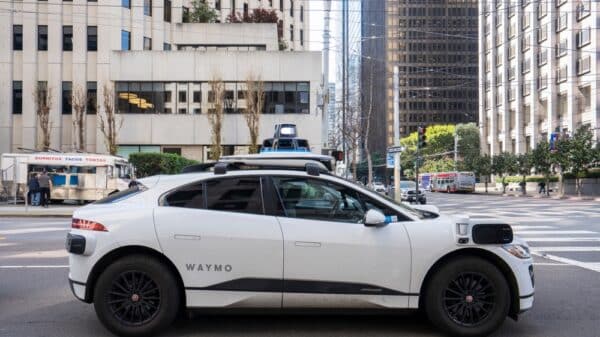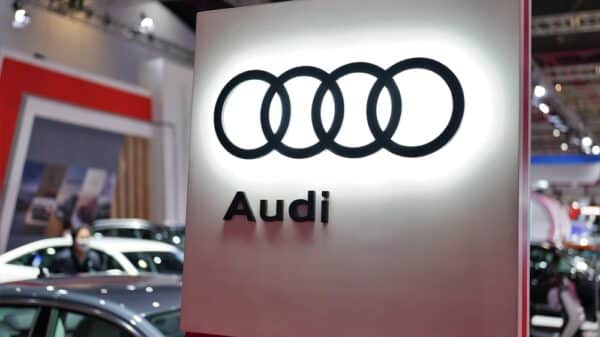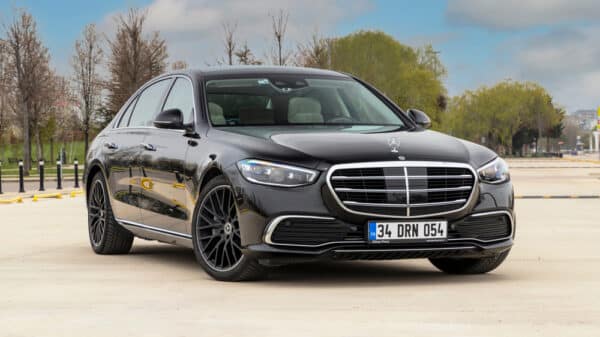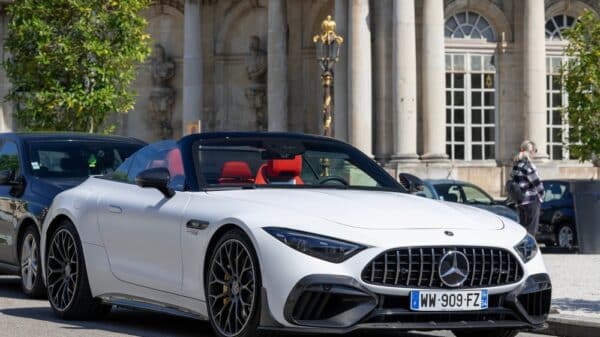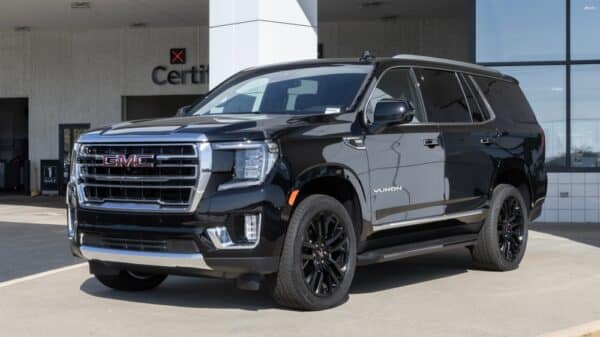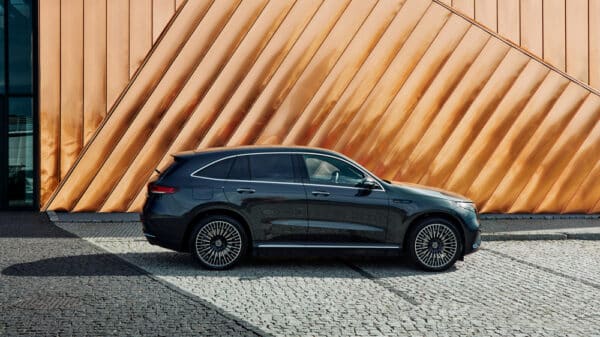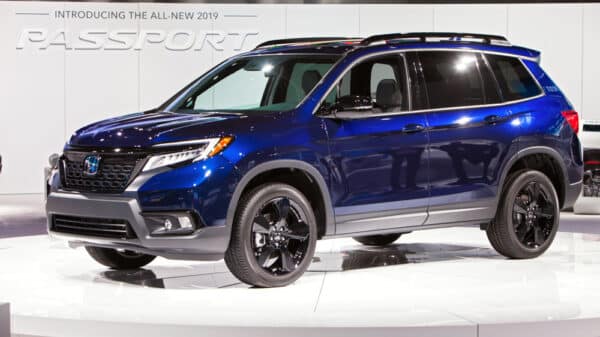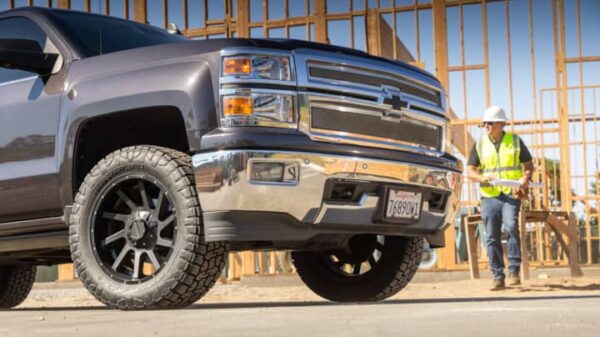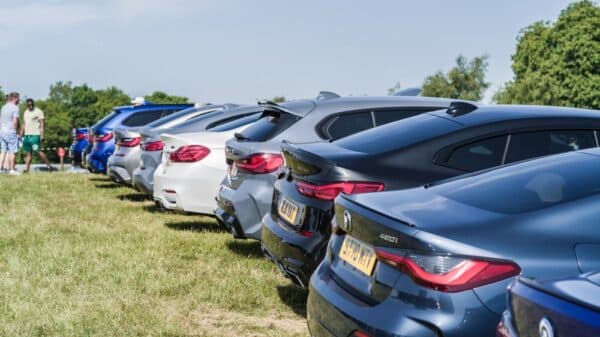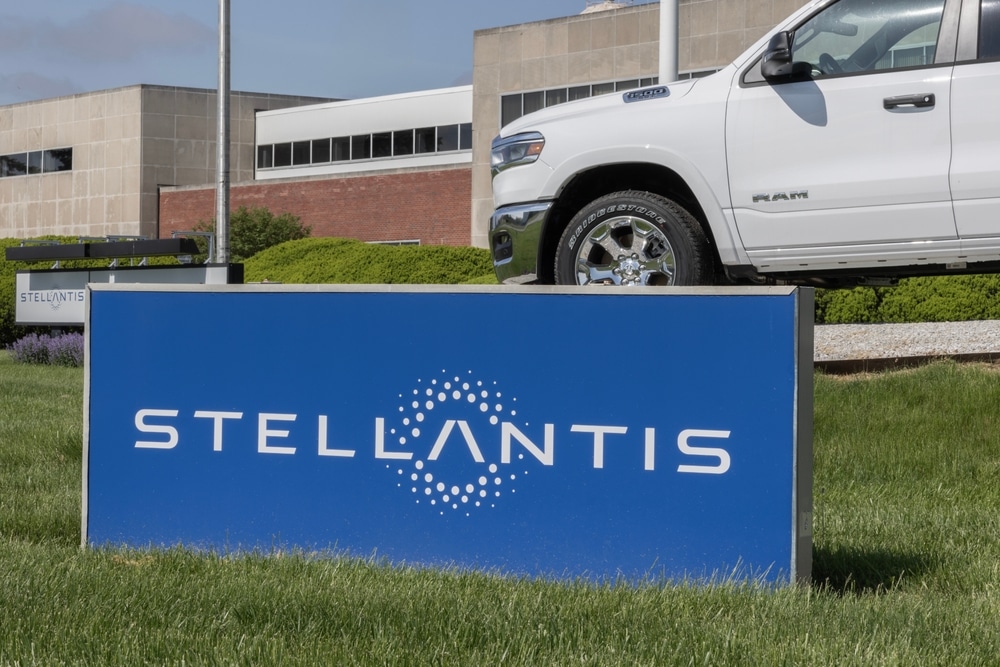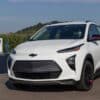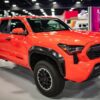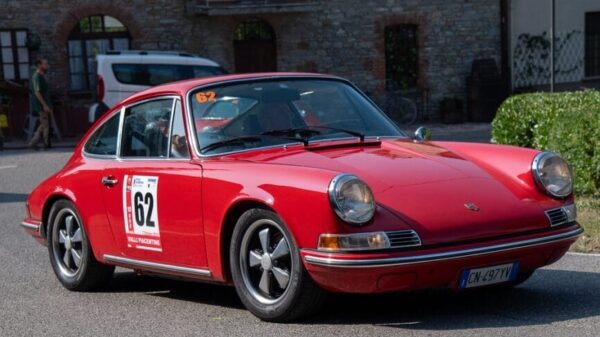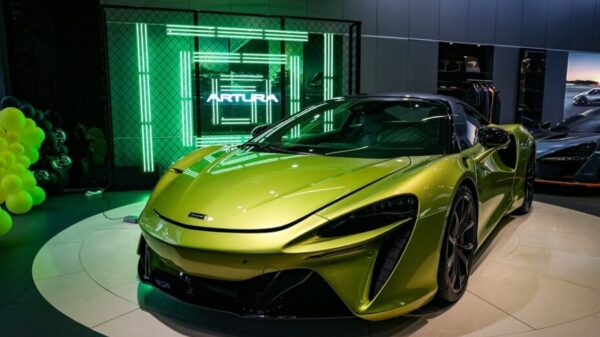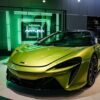Stellantis, the auto giant that brings together a diverse lineup of 14 brands, is facing significant hurdles as it navigates through the rough waters of sales declines. In the first quarter of 2025, Stellantis reported a staggering 12% drop in car sales in the United States, totaling just 293,225 vehicles. This downturn follows a challenging 2024, where the company’s overall U.S. sales dipped by 15%, landing at just 1.3 million units. For loyal customers and enthusiasts, these figures aren’t merely numbers—they represent a shift in the market landscape and, for some, even a shift in their connection to the vehicles they love.
The marketing team at Stellantis has been hard at work trying to spin the narrative into something more positive. There’s some excitement surrounding Fiat’s recent performance—sales soared by 239% in the first quarter, buoyed chiefly by the all-electric 500e. However, let’s be honest, the increase from 154 to 522 vehicles is impressive but still leaves much to be desired when considering the broader context of the automotive market. It’s a stark reminder that even positive news can sometimes feel like a drop in the ocean.
While Chrysler seems to be the shining star in Stellantis’ portfolio, thanks largely to the popularity of the Pacifica minivan, it’s essential to put these numbers into perspective. In the first quarter, Chrysler sold 35,069 vehicles, with the majority being Pacificas. Those numbers include 4,148 Pacifica Hybrids, a significant gain of 98% compared to last year. This suggests that families are still seeking practical and versatile options for their daily lives, something the Pacifica excels at. Yet, for the rest of the American lineup, it’s a bit less rosy.
If you’re a Dodge enthusiast waiting for buzz around the Charger Daytona, I hate to break it to you, but sales were down 49% compared to last year. Even with some initial excitement around the all-electric model, only 1,947 units found a new home last quarter. The old gas-powered model’s discontinuation in 2023 hasn’t helped matters—while you can still snag a last-chance 2023 Challenger (with over 800 still in inventory), the shift towards electric is leaving some fans feeling nostalgic.
Jeep, another staple of the Stellantis family, brought its first fully electric SUV, the Wagoneer S, to market, selling 2,595 units during its debut quarter. Sure, sales grew by 21% from February to March, but for many customers, investing in an electric vehicle means carefully considering if it fits their lifestyle and needs. With plug-in hybrids like the Wrangler 4xe and Grand Cherokee 4xe seeing sales increases of 36% in the same span, it appears that consumers are trying to find that sweet spot between traditional vehicles and electrification.
However, it’s important to address the elephant in the room: when compared to last year’s numbers, the electrified Wrangler saw a 48% decrease in sales, while Grand Cherokee 4xe dropped by 12%. This raises questions about long-term adoption and how eager consumers truly are to transition to electric models, even as they recognize their environmental benefits.
As we look more closely at Stellantis’ struggles, it’s key to understand that these numbers aren’t just corporate stats; they represent the responses of countless individuals who are re-evaluating their automotive choices in light of rapidly changing market dynamics. Whether you’re a long-time fan of these brands or just making a tough decision about your next car, it’s clear that we’re all navigating a shifting automotive landscape together.
Image Source: Jonathan Weiss / Shutterstock

